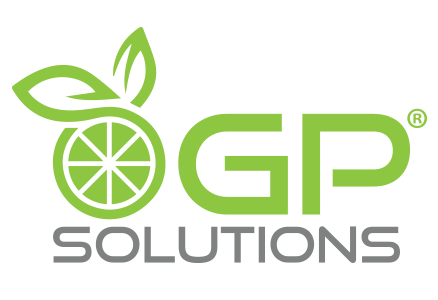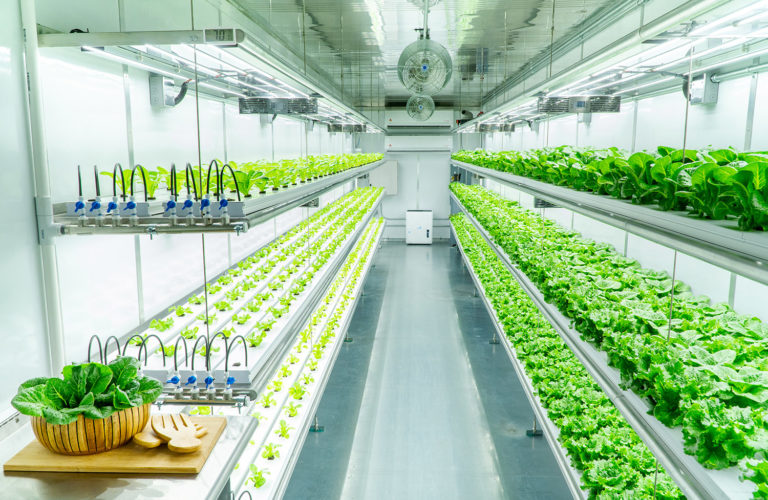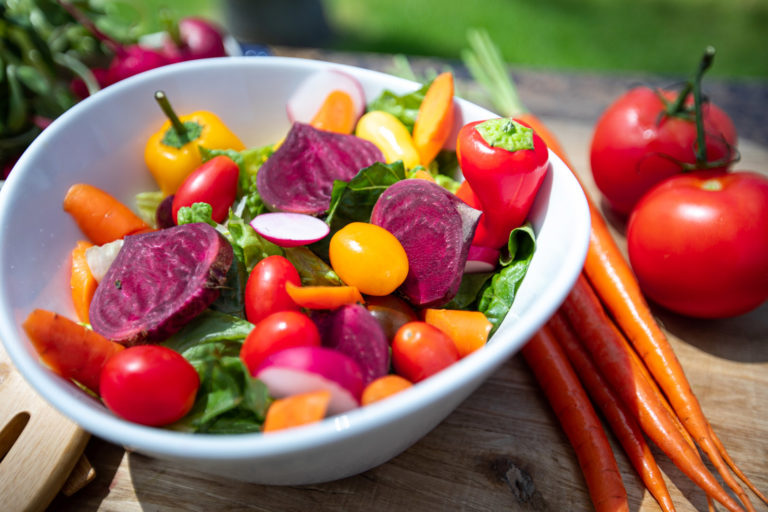For thousands of years, farming has been an industry which has faced challenges and met them. In ancient Sumeria farmers learned civil engineering to irrigate the desert and grow more food where water couldn’t reach. Crop rotation, the development of the plough, motorised tractors, even the development of transport systems for heavy loads have all created seismic changes. Our food supply has now been adapted to feed the world- it’s a global industry where corn, apples, meat even drinking water may travel thousands of miles from source to customer.
But even after 10,000 years of development, the next revolution may be at hand. The current challenges: the world’s population is approaching 8 billion people and we are rapidly running out of arable land. Food is now bred and optimised for long-distance travel which depleted it of nutrients and flavour.
The next step may be the biggest yet – to move the farm itself indoors.
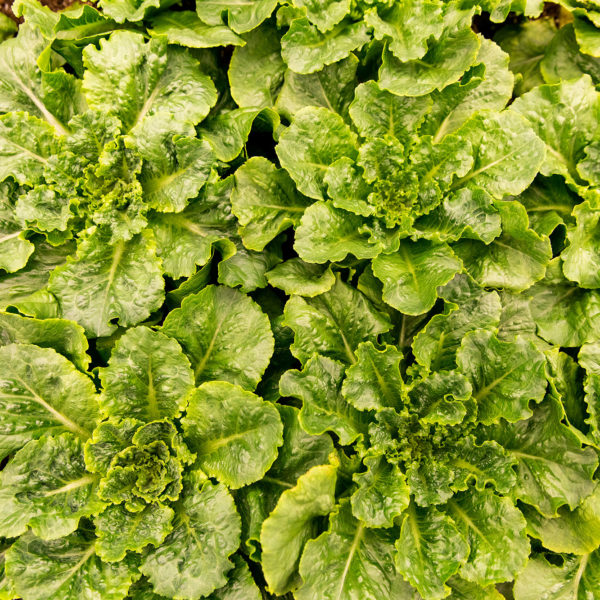
Why Indoors?
Growing indoors may not only enable us to feed the entire planet but it also sets up a system of improving the nutritional and flavour qualities of or food for future generations. Most of us living in the developed world will have had a situation where supermarket food is proven to be tasteless. This is mainly because a lot of our fruit and vegetables are grown on the opposite side of the world, to enable the supply of food throughout the year- we now take it for granted we can get grapes in winter or apples in spring. In order to do this, the produce is bred to survive long-distance travel, often being made with tougher exteriors or packed with water so it stays juicy. In doing so, we sacrifice flavor and often nutrition and quality as well as build up food miles. This is all done in the name of maximizing yield.
Here at Grow Pod Solutions we are developing systems which can maximize yield without the quality sacrifice. We bring together established technologies and the latest research in plant science to grow indoors. Under optimized light and controlled environments, we can have multiple harvests a year. Using hydroponics we can don’t worry about degrading the soil. By installing our facility in a moveable shipping container food can be grown anywhere- from the arctic circle to a downtown parking lot. Local, accessible produce means cutting out the time, distance, and costs of trucks and warehouses. Food is fresher and healthier and accessible to even the most underserved cities and social groups.
Secure Food, Smaller Footprint
This kind of delivery mechanism will be critical in countries like India and China which together have 35% of the world’s population but only 18% of the world’s arable land, and where the population is increasingly crammed into megacities. In this kind of environment, very high growth efficiency will be critical. Similarly in the desert of the Middle East where most food is already imported, climate-controlled growth with very high water efficiency will be important. With the potential to stabilize national food security all over the world and decrease demands for imports, indoor farming stands to have a far-reaching impact on international relations as the sector steadies.
Vertical farming also gives us a smaller footprint. We don’t just mean space, even though that’s vital. We also mean ecologically- our environments are sealed and need next to no pesticides or herbicides. It means our container facilities are close to being self-sustained. Is the land infertile? No problem. City centre? Easy. And with 24/7 monitoring and electronically dosed supply of water and nutrients, yield is incredibly high. Couple that with removing the distance issue- food can be grown within a block of the retailer. This revolution will lead to unheard-of efficiency gains in food production. And with access to year-round fresh healthy produce, it could also be a revolution in the way we eat.
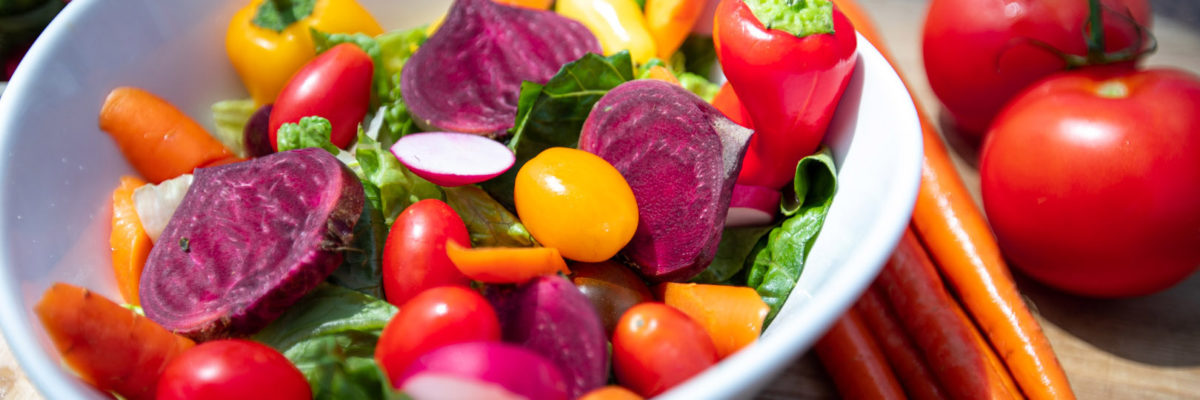
And It Tastes Better!
By taking out transport from the equation, food quality dramatically improves- food becomes both better tasting but also more nutritious. This need not be just for foodies and hipsters! Transport can be 20–35 per cent of the costs currently associated with the products sold in American grocery stores. These are the ingredients to change the way the world eats:
- Hyper- Local food
- More nutritious food
- No long distance food transport
- Better food security
- Lower cost food
This isn’t science fiction. Indoor farming is here, today. It has already begun changing lives across the world. Its entirely possible we could meet the food needs for the entire planet within years, not decades. The future of food is here and it changes the way the world eats!
